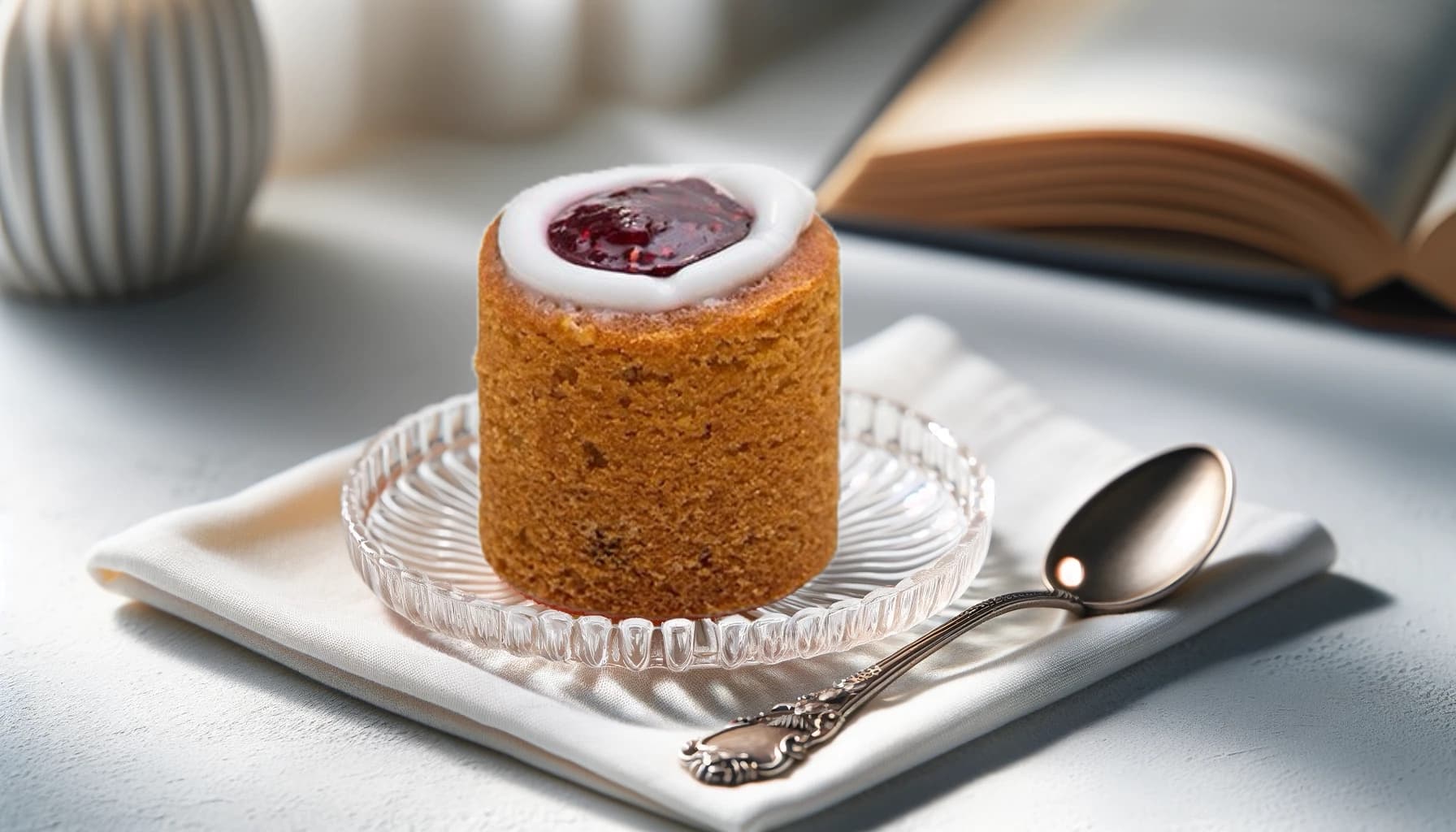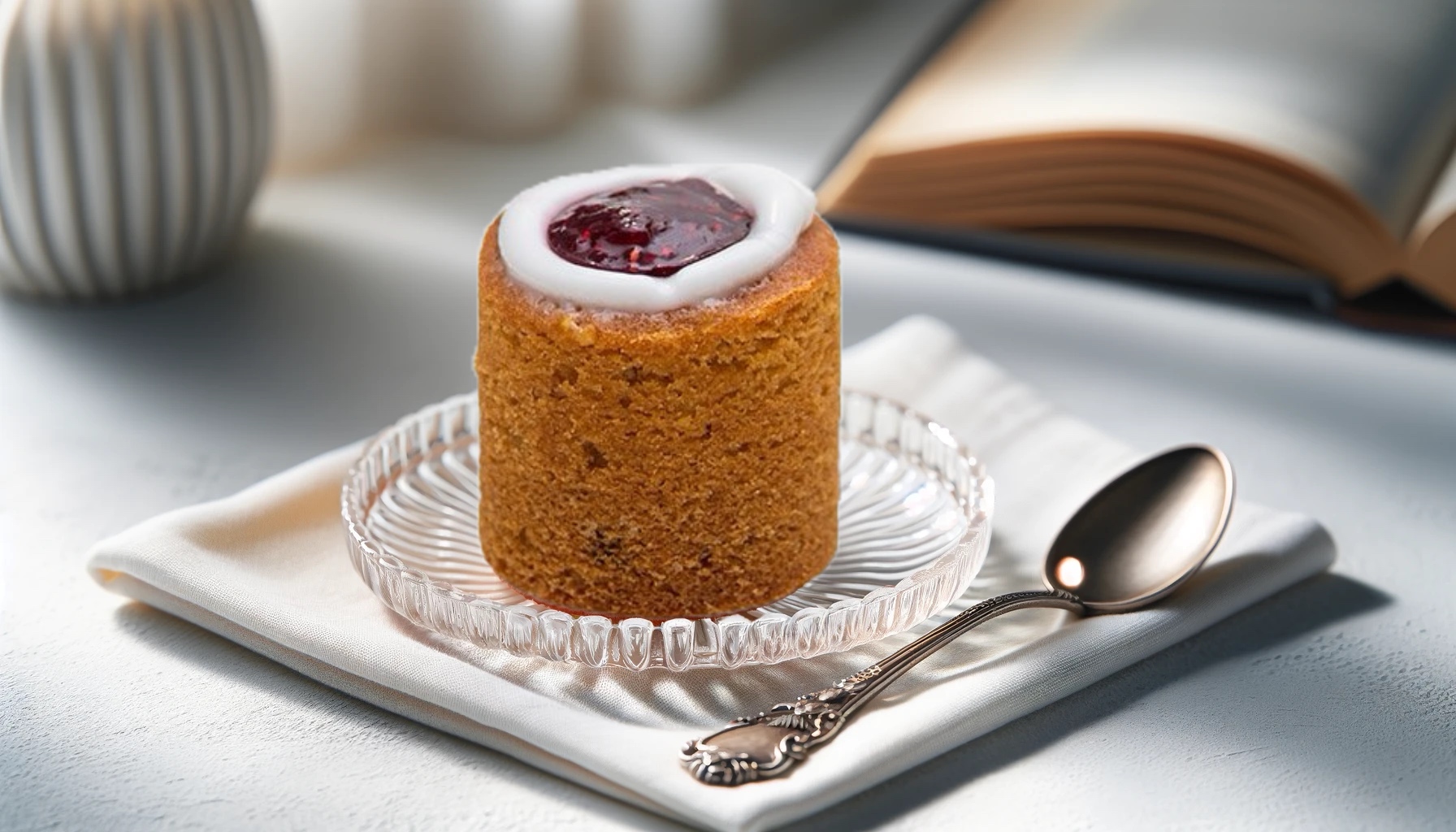Runeberg Torte: Story of Finland’s Iconic Pastry

Runeberg Torte: Story of Finland’s Iconic Pastry
The Runeberg Torte, or Runebergintorttu in Finnish, is a beloved pastry in Finland, known for its distinctive cylindrical shape, rich almond flavor, and raspberry jam topping. Traditionally enjoyed on February 5th, the birthday of Finnish national poet Johan Ludvig Runeberg, this dessert is more than just a sweet treat—it carries a fascinating history intertwined with literature, culture, and Nordic culinary traditions.

The Origin of Runeberg Torte
The Runeberg Torte traces its roots back to the 19th century in the town of Porvoo, Finland. The pastry is named after Johan Ludvig Runeberg (1804–1877), one of Finland’s most celebrated poets, best known for writing the lyrics to Vårt land (“Our Land”), which became the Finnish national anthem. According to popular legend, Runeberg enjoyed these small cakes regularly with his morning coffee.
The creation of the torte is often attributed to his wife, Fredrika Runeberg, a skilled baker and cookbook author. The story goes that she developed the recipe using simple ingredients available at home, such as leftover bread crumbs, almonds, and punch or rum for added moisture and flavor. Over time, this humble homemade pastry became a Finnish classic.
A Staple of Finnish Baking
The traditional Runeberg Torte is a small, cylindrical cake made with a mixture of flour, breadcrumbs, ground almonds, and sometimes crushed gingerbread cookies. It is moistened with punch or rum syrup, giving it a distinctive texture and subtle warmth. The cake is topped with a ring of icing, encircling a dollop of raspberry jam, creating its iconic appearance.
While the original recipe may have been born out of necessity and creativity, it has since evolved. Today, bakeries across Finland offer their own variations, some using different nuts, flavors, or presentation styles, but the essence of the Runeberg Torte remains unchanged.
Why Is It Celebrated on February 5th?
February 5th marks Johan Ludvig Runeberg’s birthday, and in Finland, this day is observed with literary celebrations and, of course, the consumption of Runeberg Tortes. Many Finnish households and cafés begin selling these tortes in January, leading up to Runeberg Day. It’s a cherished seasonal tradition, much like cinnamon buns on Kanelbullens dag in Sweden or Fasnacht pastries in Germany.
Cultural Significance
Beyond its literary connection, the Runeberg Torte represents Finland’s ability to preserve and celebrate its cultural heritage through food. The pastry reflects a Nordic baking tradition of making the most out of simple, locally available ingredients while infusing baked goods with deep, symbolic meaning.
Fredrika Runeberg’s role in popularizing the torte is also a testament to how women in history have contributed to culinary traditions, often without receiving due recognition. Today, her recipe lives on in modern Finnish kitchens, reminding people of the intersection between food, history, and literature.
Making Your Own Runeberg Torte
For those looking to experience a taste of Finnish heritage, the Runeberg Torte is surprisingly simple to make at home. The ingredients are widely accessible, and while traditional Finnish bakeries may have their own secret touches, a homemade version can bring a slice of Nordic history to your kitchen.
The Runeberg Torte is more than just a pastry—it’s a piece of Finland’s cultural and literary history. Whether enjoyed in a café in Porvoo or baked at home, this delicacy remains a delicious reminder of how food can preserve stories, honor traditions, and connect us to the past.
So, if you haven’t tried a Runeberg Torte yet, why not bake one and join in on this sweet Finnish tradition?
Share your thoughts
Did you find this history article interesting? Rate it below and let others know!